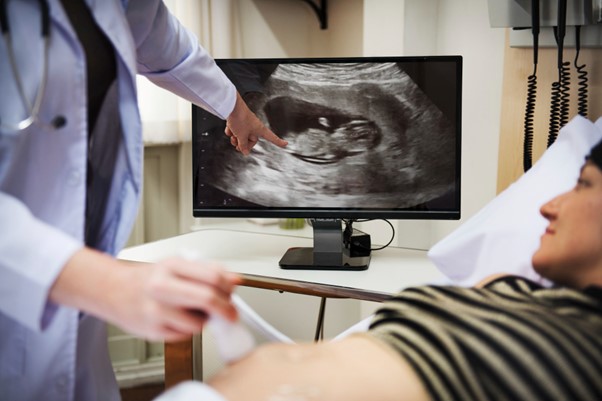A viability scan is an early pregnancy ultrasound. It helps doctors check if a pregnancy is developing as expected. Many people feel nervous before this scan. However, it gives important information about the baby’s health. In this blog, you will learn what a viability scan is, when it is needed, and what to expect during the process. If you are searching for a ‘viability scan near me,’ this guide will help you understand the basics.
What Is a Viability Scan?
A viability scan is a type of ultrasound done in early pregnancy. Usually, doctors recommend it between 6 and 10 weeks of pregnancy. The main goal is to check if the pregnancy is healthy and growing. During the scan, sound waves create pictures of the womb. These images help doctors see the baby’s heartbeat and size. As a result, the scan can confirm if the pregnancy is progressing well.
Sometimes, the scan is called an early pregnancy scan or first trimester scan. It is a safe and painless test. Most often, it is done in a radiology clinic or hospital.
When Is a Viability Scan Needed?
Doctors may suggest a viability scan for several reasons. Often, it is done to:Confirm a pregnancy in the early weeksCheck for a baby’s heartbeatFind out if the pregnancy is inside the wombCheck if there is more than one babyInvestigate pain or bleeding in early pregnancyEstimate how many weeks pregnant you are
Sometimes, women who have had previous pregnancy problems may need this scan. In addition, doctors may recommend it if you are unsure about your last period date.
How Is a Viability Scan Performed?
The viability scan is simple and quick. Usually, it takes about 15 to 20 minutes. Here is what happens step by step:You may be asked to drink water before the scan. A full bladder helps get clearer images.You will lie down on an exam table.The doctor or technician will put a special gel on your lower belly.A small device, called a probe, moves over your skin. It sends sound waves to create pictures.Sometimes, if the images are not clear, a small probe may be gently placed inside the vagina. This is called a transvaginal scan. It is safe and not usually painful.After the scan, you can wipe off the gel and use the restroom.
Most clinics explain each step before starting. Therefore, you will know what to expect.
What to Expect During and After the Scan
Before the scan, you may need to drink water. This helps the doctor see the womb better. During the scan, you may feel a little pressure, but it should not hurt. If a transvaginal scan is needed, it may feel a bit strange, but it is usually quick and gentle.
After the scan, you can return to your normal activities. There is no recovery time needed. The doctor will discuss the results with you. In most cases, you will get the results right away. If there are any concerns, the doctor will explain the next steps.
Benefits and Limitations
A viability scan offers many benefits. For example, it can:Confirm a healthy pregnancy earlyDetect problems soonerGive peace of mind to parentsHelp plan the next steps in care
However, there are some limitations:The scan may not always show a heartbeat if it is too earlyIt cannot predict all future pregnancy problemsRarely, results may be unclear, and a repeat scan may be needed
Overall, the scan is very safe. It does not use radiation. Risks are very low.
Frequently Asked Questions
Is a viability scan safe?Yes, it is very safe. It uses sound waves, not radiation.Do I need to prepare for the scan?Often, you will be asked to drink water before the scan. Follow your clinic’s instructions.Will I get the results right away?Usually, yes. The doctor will explain what they see during or after the scan.Can the scan tell if I am having twins?Yes, it can show if there is more than one baby.What if the scan does not show a heartbeat?Sometimes, it may be too early. Your doctor may suggest a repeat scan in a week.

